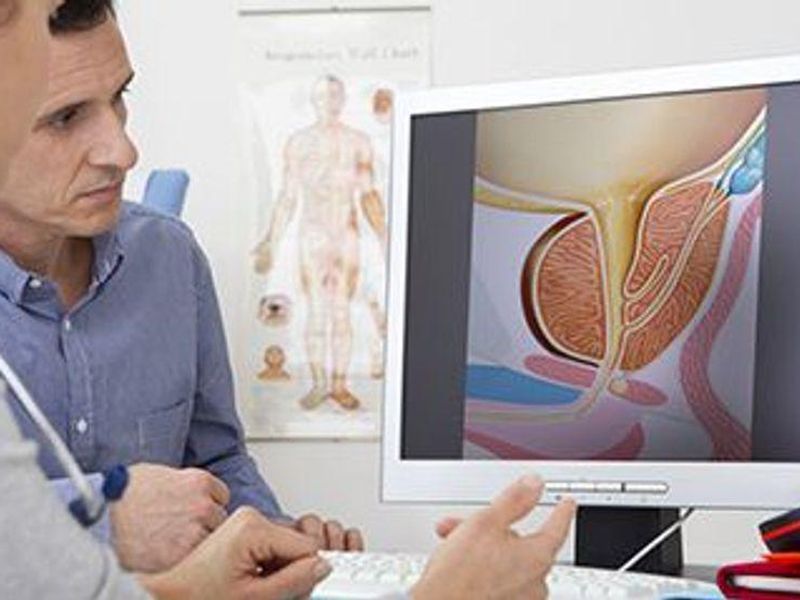Rate of acute grade ≥2 genitourinary toxicity lower with MRI guidance versus CT guidance for SBRT in men with localized prostate cancer
WEDNESDAY, Feb. 23, 2022 (HealthDay News) — In men receiving treatment for localized prostate cancer, the incidence of acute grade ≥2 genitourinary (GU) toxicity is lower with magnetic resonance imaging (MRI)-guided versus computed tomography (CT)-guided stereotactic body radiotherapy (SBRT), according to a study presented at the American Society of Clinical Oncology annual Genitourinary Cancers Symposium, held from Feb. 17 to 19 in San Francisco.
Amar Upadhyaya Kishan, M.D., from the University of California in Los Angeles, and colleagues conducted an interim analysis of the phase 3 MIRAGE trial, which compared MRI and CT guidance among men undergoing SBRT for localized prostate cancer with a pragmatic primary end point of acute grade ≥2 GU toxicity. One hundred patients were eligible for evaluation (51 in the CT arm and 49 in the MRI arm).
The researchers found that men receiving MRI-guided SBRT had a significantly reduced incidence of acute grade ≥2 GU toxicity (47.1 versus 22.4 percent). Men receiving MRI-guided SBRT also had a significantly reduced incidence of acute grade ≥2 gastrointestinal (GI) toxicity (13.7 versus 0 percent). At one month after SBRT, but not at three months after, the increase in International Prostate Symptom Score was significantly higher in men receiving CT-guided SBRT.
“MRI-guidance offers a statistically significant reduction in acute grade GU as well as GI toxicity for prostate SBRT,” a coauthor said in a statement. “Our final results are expected later this year, but we are extremely optimistic by what we’re seeing, and hope this technology will soon begin to offer men undergoing radiotherapy for prostate cancer better outcomes.”
Several authors disclosed financial ties to the pharmaceutical and medical device industries.
Copyright © 2021 HealthDay. All rights reserved.








